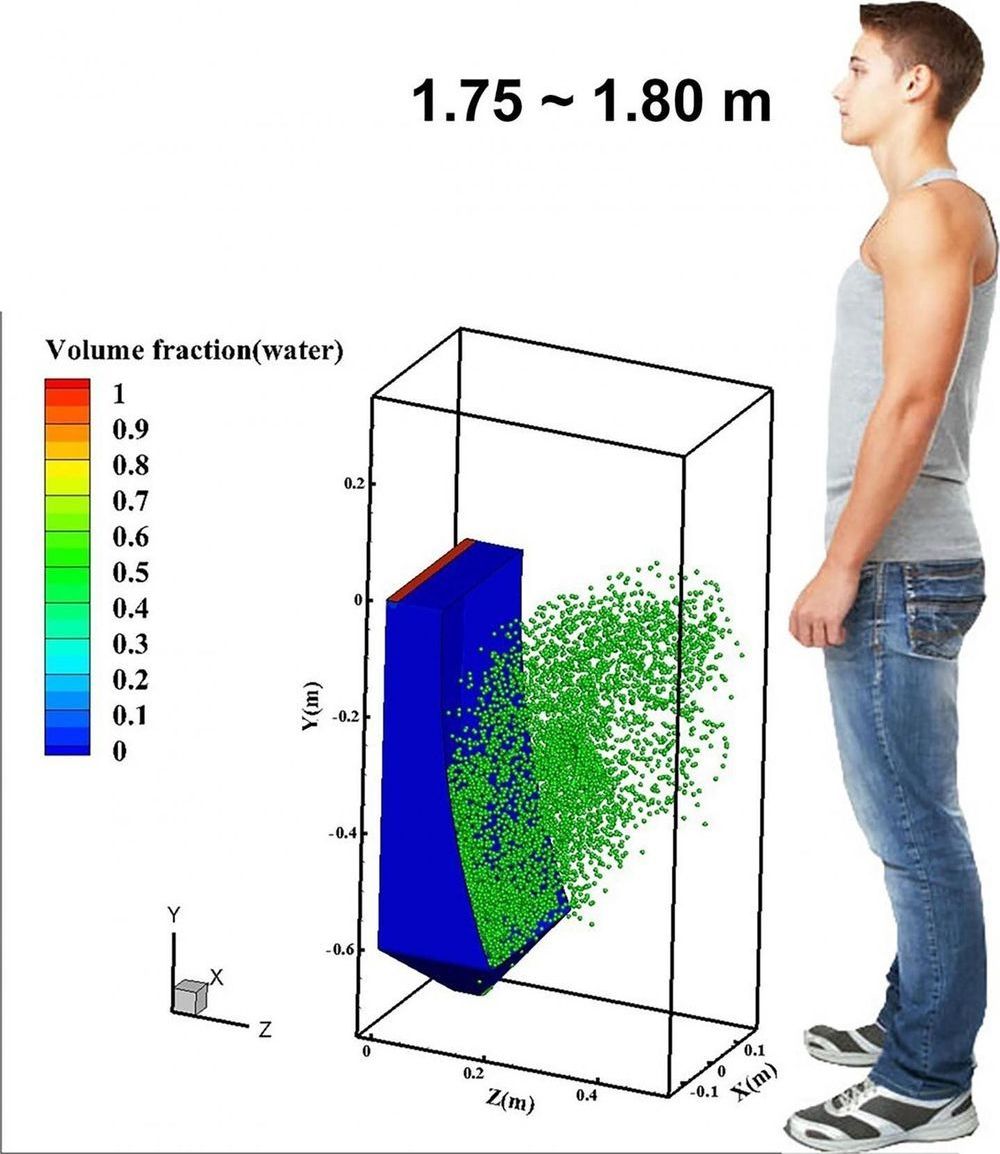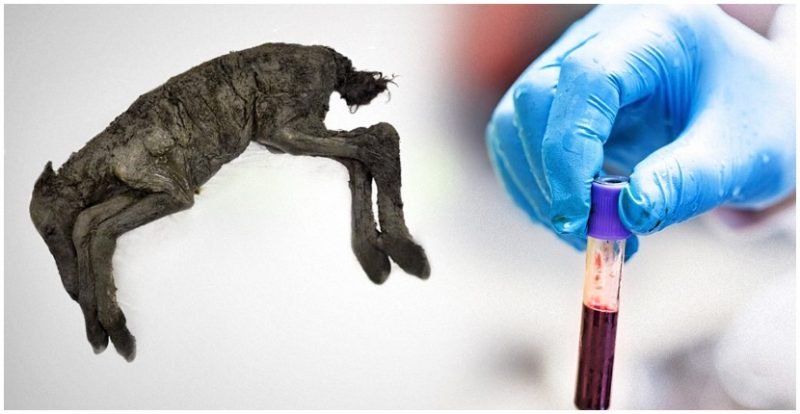Hong Kong’s biggest container port facility Kwai Tsing Container Terminals has been linked to around 65 coronavirus infection cases, Bloomberg reported.
According to local media outlets, the virus was most probably picked up from communal resting facilities and dormitories, where social distancing measures are difficult to implement as dozens of workers can be confined to the same place at the same time.
Most of the workers were linked to Wang Kee Port Operation Services Ltd. and were predominantly asymptomatic. Around 100 workers have reportedly been quarantined.









